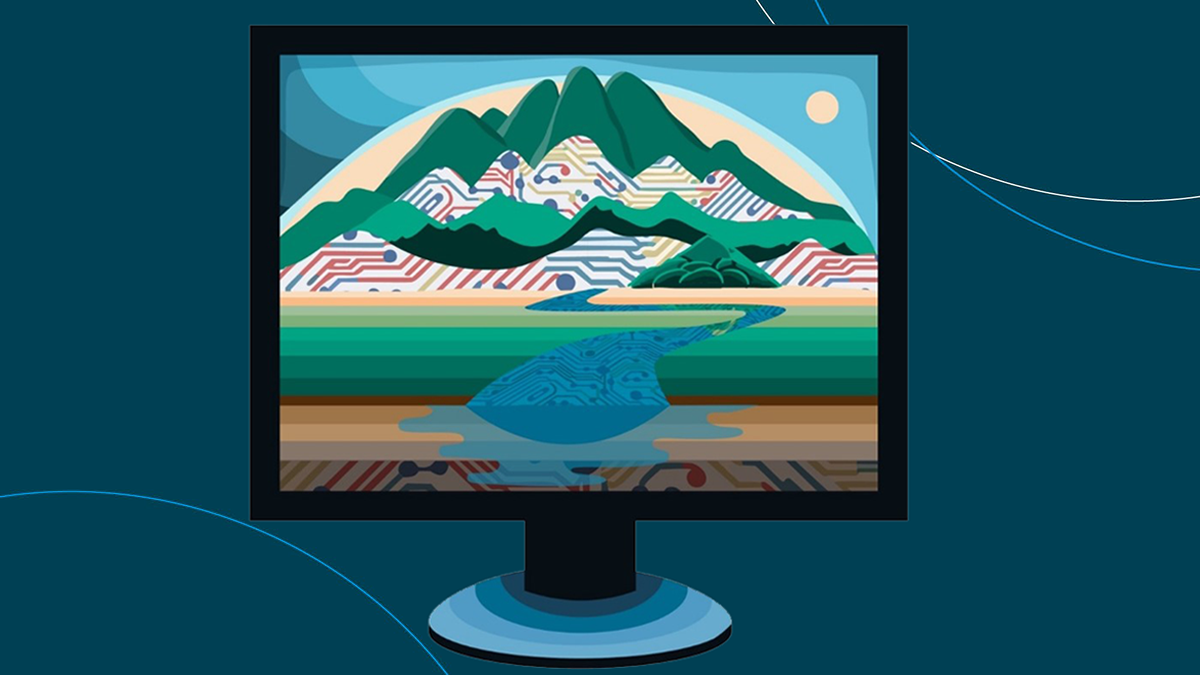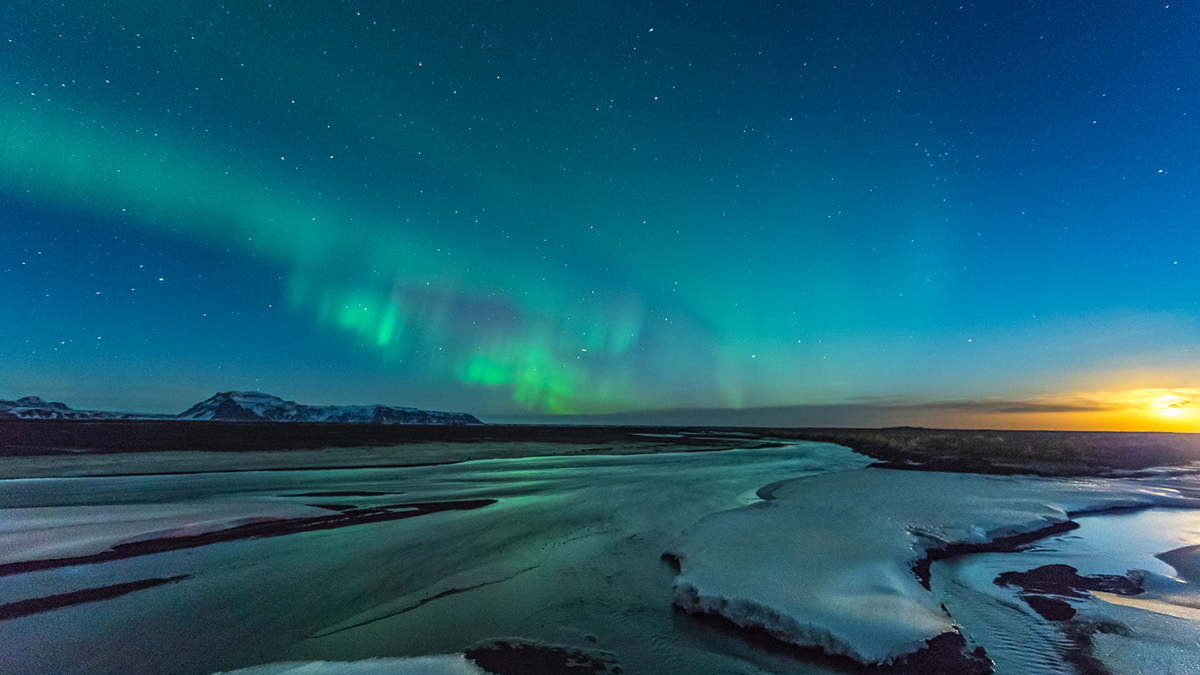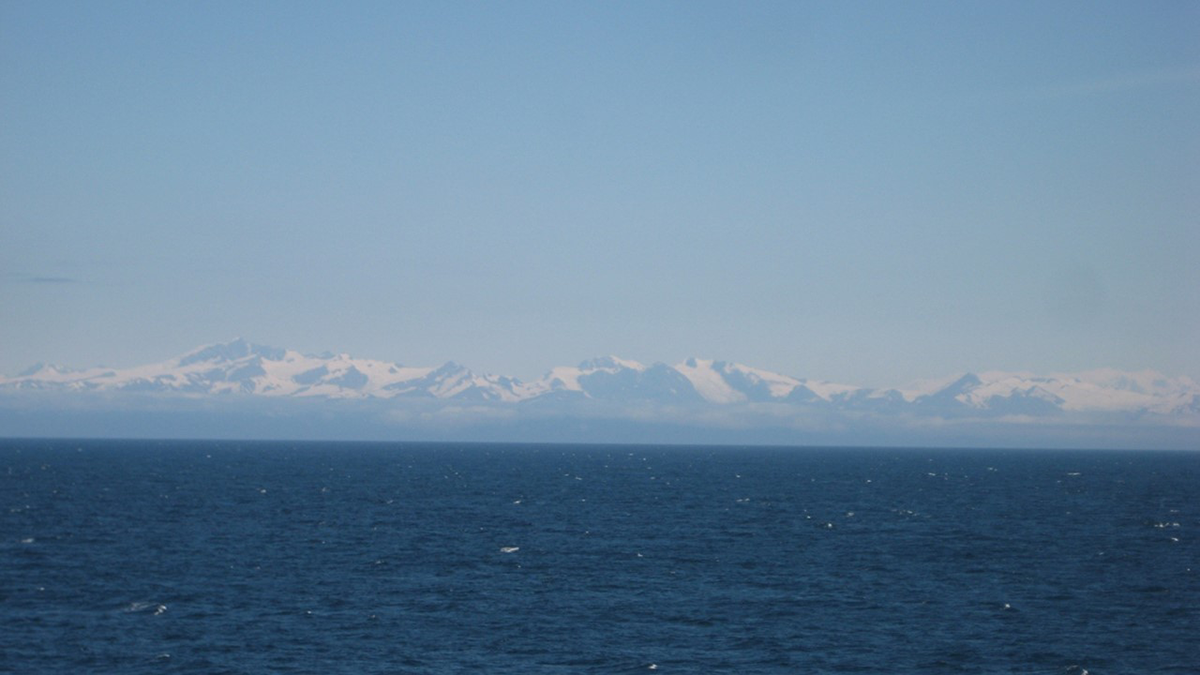To celebrate the Year of Open Science, we highlight our efforts to make AGU journals and books more open, accessible, and inclusive.
Editors’ Vox
Ocean Deserts Could Help Capture CO2 and Mitigate Global Warming
Various nutrient sources in the upper waters of oceanic subtropical gyres, which are the Earth’s largest oligotrophic ecosystems, play a crucial role in governing the sequestration of atmospheric CO2.
Announcing New AGU Journal Editors-in-Chief Starting in 2024
AGU is excited to welcome new Editors-in-Chief for seven of our journals in 2024, including the founding Editor of JGR: Machine Learning and Computation.
Advancing AI and Machine Learning Beyond Predictive Capabilities
A new cross-journal special collection invites contributions that unlock the next frontier in hydrology and Earth sciences through artificial intelligence and machine learning.
Foundations in Data Analysis for Undergraduate STEM Students
A new textbook serves as an initial course in scientific data analysis and hypothesis testing designed for students in all science, technology, engineering, and mathematics disciplines.
How AGU Publications is Supporting the Next Generation of Reviewers
In recognition of 2023’s Peer Review Week’s theme “Peer Review and The Future of Publishing”, AGU Publications is excited to share some of our recent initiatives to support early career researchers.
The Dos and Don’ts of Peer Reviewing
Guidelines for writing constructive and respectful reviews that foster learning and scientific advancement without discouraging authors.
In Appreciation of AGU’s Outstanding Reviewers of 2022
AGU editors recognize the contributions of peer reviewers in 2022, whose expertise and dedication are integral to the science published within our journals.
Marine Sediments Reveal Past Climate Responses to CO2 Changes
Climate records stored in marine sediments reveal different ice sheet and ocean responses to falling atmospheric CO2 concentrations from the warm Pliocene to the ice ages of the Pleistocene.
How Publishers Can Support the UN SDGs: Examples from AGU
AGU Publications is committed to supporting the UN Sustainable Development Goals through publishing and drawing attention to scientific research that addresses issues of global and societal concern.










